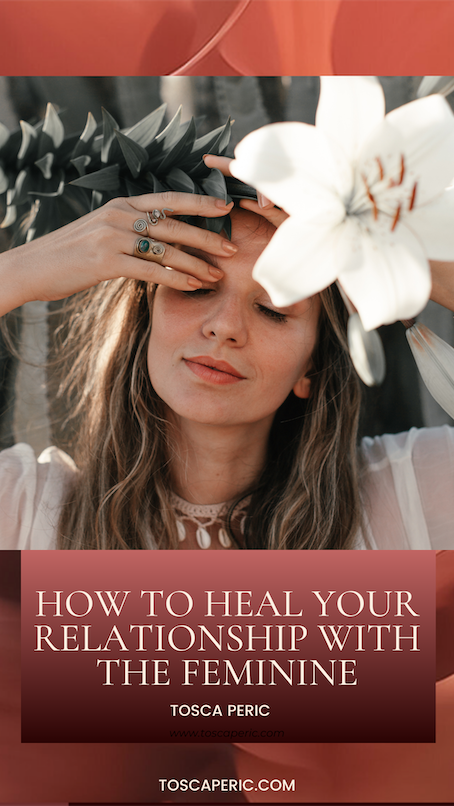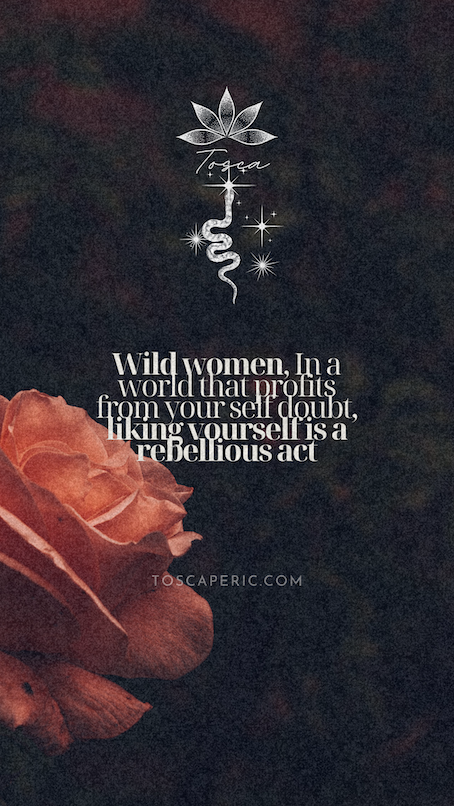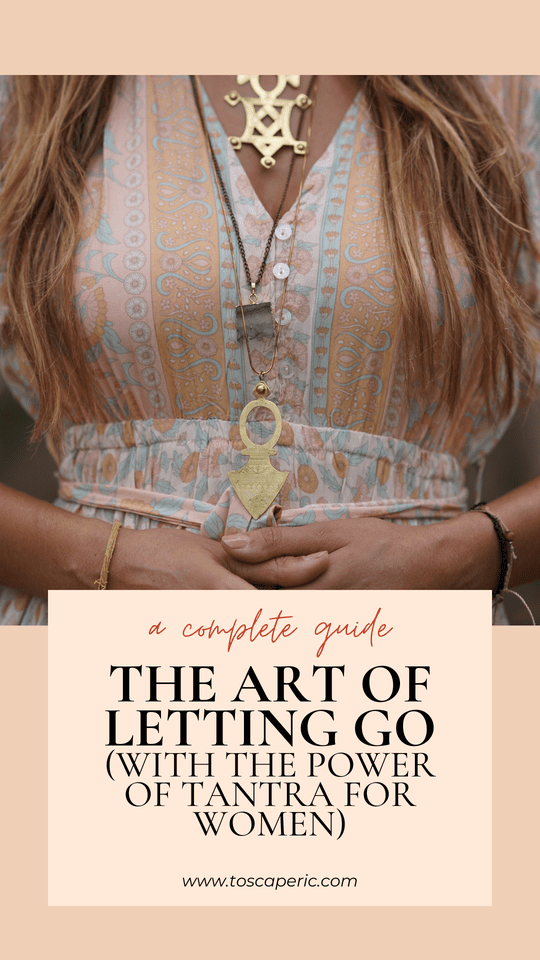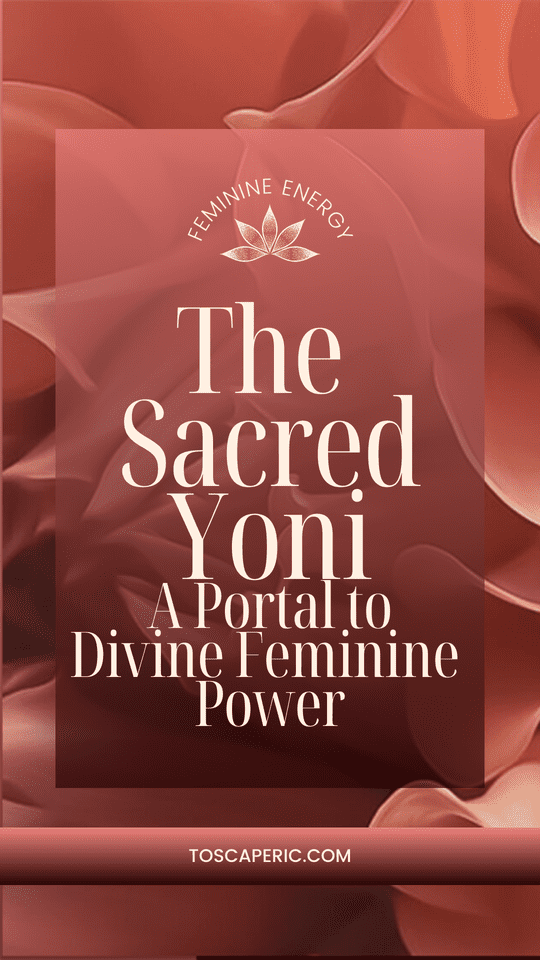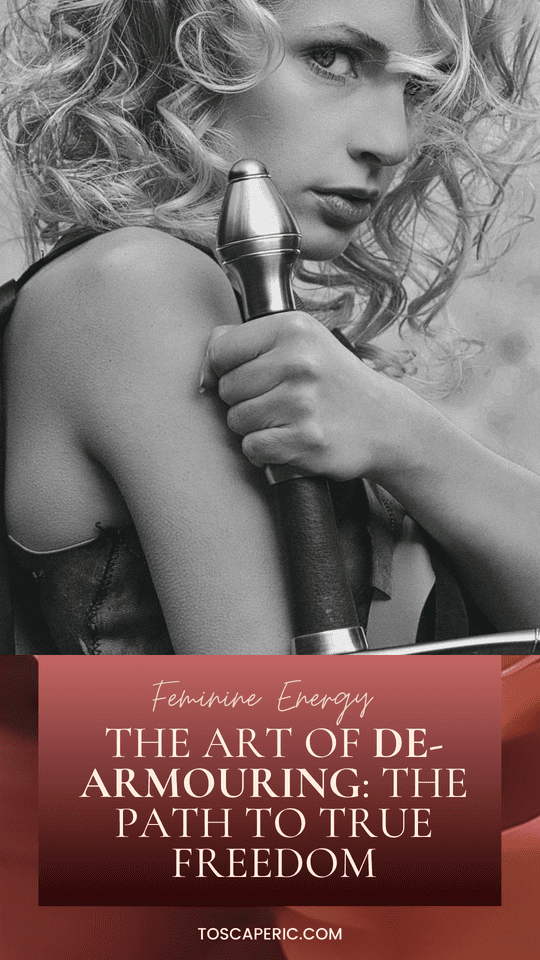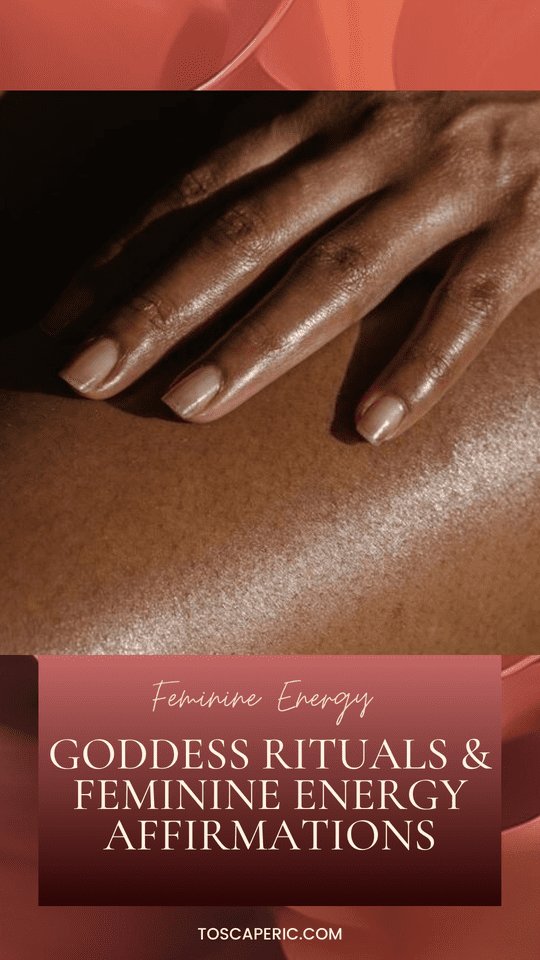I am Tosca
Welcome Goddess!
Healing the mother wound is a profound journey of self-reclamation, and one of the most transformative steps on this path is learning to become your own inner mother. This process involves giving yourself the love, care, and validation that you may not have received in your relationship with your mother. By stepping into this nurturing role for yourself, you can heal the wounds of the past and cultivate a sense of wholeness and empowerment.
What Does It Mean to Become Your Own Inner Mother?
Becoming your own inner mother means stepping into the role of a loving, nurturing caregiver for yourself. It’s about meeting your emotional needs, soothing your inner child, and creating a sense of safety and support from within.
This doesn’t mean rejecting or resenting your mother but recognizing that you have the ability to give yourself the care you may have lacked. By doing so, you release yourself from the cycle of seeking external validation and begin to embody the love and stability you deserve.
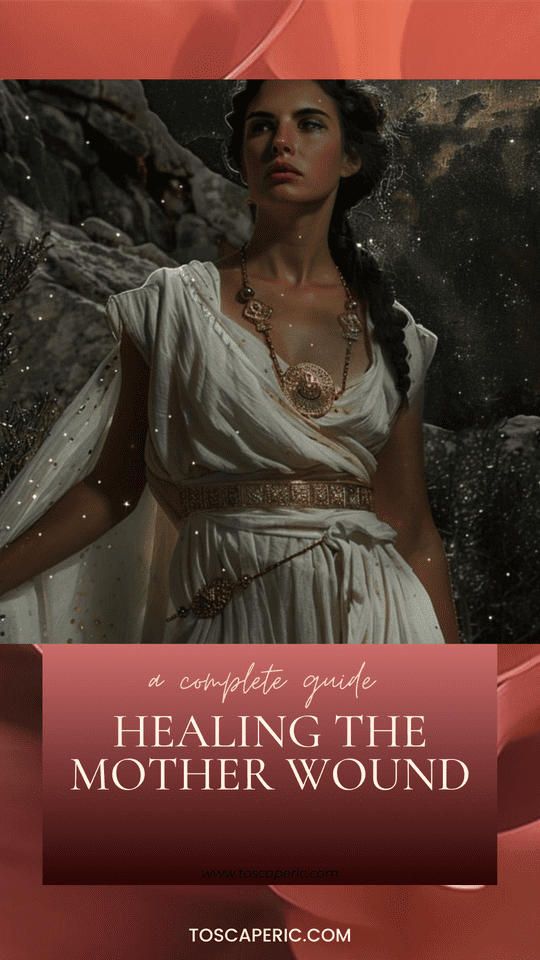
Steps to Becoming Your Own Inner Mother
1. Reconnect with Your Inner Child
The mother wound often leaves a deep imprint on your inner child—the part of you that still holds the emotions, fears, and unmet needs of your younger self.
Visualize Your Inner Child: Close your eyes and imagine your younger self at a vulnerable age. Notice their emotions, body language, and needs.
Offer Compassion: Speak to your inner child with warmth and understanding. Say, “I see you. I hear you. You’re safe with me.”
Ask What They Need: Tune into what your inner child may be longing for—love, protection, or encouragement—and commit to providing it.
2. Validate Your Feelings
A key aspect of mothering yourself is acknowledging and honoring your emotions without judgment.
- Name Your Emotions: Instead of suppressing or dismissing your feelings, name them: “I feel sad,” “I feel hurt,” or “I feel angry.”
- Normalize Your Experience: Remind yourself that it’s okay to feel what you’re feeling and that your emotions are valid.
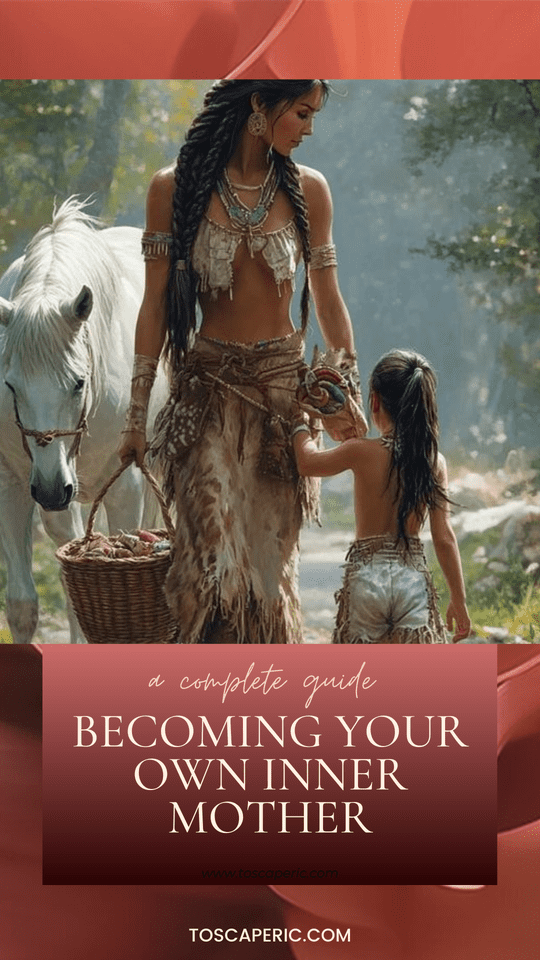
3. Develop Self-Compassion
Becoming your inner mother requires treating yourself with the same kindness and patience you would offer a loved one.
Challenge Self-Criticism: Replace harsh self-talk with affirming and gentle language. Instead of “I’m not good enough,” try, “I am doing my best, and that is enough.”
Forgive Yourself: Let go of perfectionism and give yourself permission to make mistakes without shame.
4. Set Boundaries That Protect Your Well-Being
Part of mothering yourself is creating a safe and healthy environment for your emotional and physical well-being.
- Define Your Limits: Be clear about what behaviors and situations are unacceptable for your peace of mind.
- Enforce Boundaries: Protect your inner child by standing firm in your boundaries, even if it feels uncomfortable.
5. Meet Your Needs with Intention
One of the core aspects of the mother wound is unmet needs. By identifying and fulfilling these needs yourself, you reclaim your power.
Physical Needs: Nourish your body with proper rest, nutrition, and movement.
Emotional Needs: Seek connection, affirmation, and joy through relationships, hobbies, or therapy.
Spiritual Needs: Create rituals or practices that ground and inspire you, such as journaling, meditation, or spending time in nature.
6. Reframe Limiting Beliefs
The mother wound often leaves behind beliefs that undermine your sense of worthiness.
Identify Harmful Messages: Notice the messages you internalized from your upbringing, such as “I’m not lovable” or “I have to earn love.”
Replace with Empowering Truths: Affirm statements like, “I am worthy of love just as I am” or “I can trust myself to care for my needs.”
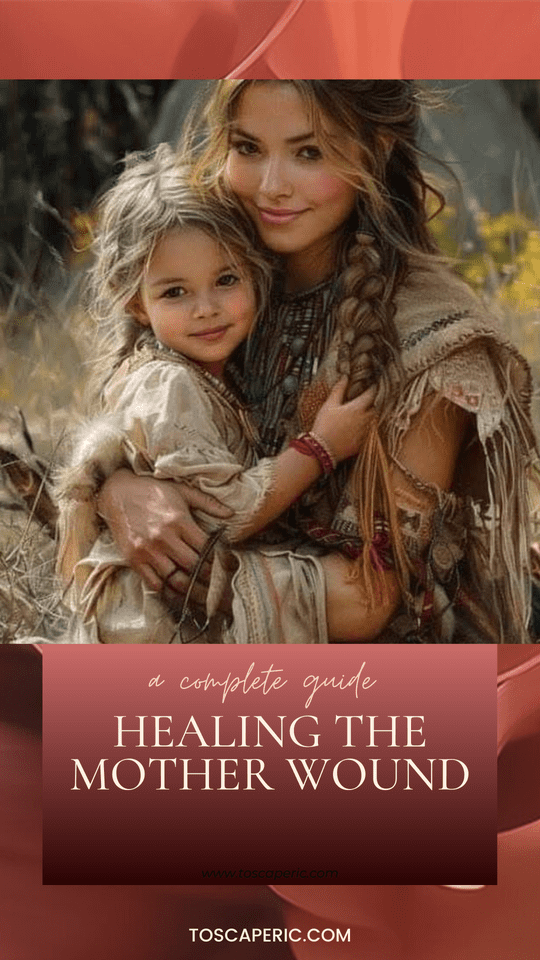
Healing Through Nurturance and Self-Love
Becoming your own inner mother is an act of deep self-love. It is a way of giving yourself permission to prioritize your needs, to feel deserving of love and care, and to let go of the lingering pain tied to the mother wound.
This process isn’t about perfection; it’s about progress. Some days you may feel deeply connected to your inner mother, and other days you might struggle. That’s okay. Healing is not linear, and every step you take toward nurturing yourself is a step toward wholeness.
Give yourself permission to heal and to receive love
Giving yourself permission to heal and receive love is a profound act of self-compassion and empowerment. It begins with acknowledging that your worth is not tied to your pain, past experiences, or unresolved trauma. Healing is not about erasing the past but embracing it as part of your story while choosing to release the weight it carries. Allow yourself to be vulnerable and open to receiving love—both from others and from yourself—recognizing that love is not something to be earned through perfection or sacrifice but something you inherently deserve. By permitting yourself to heal, you create space for growth, peace, and authentic connections, breaking cycles of self-denial and opening doors to deeper self-acceptance and joy
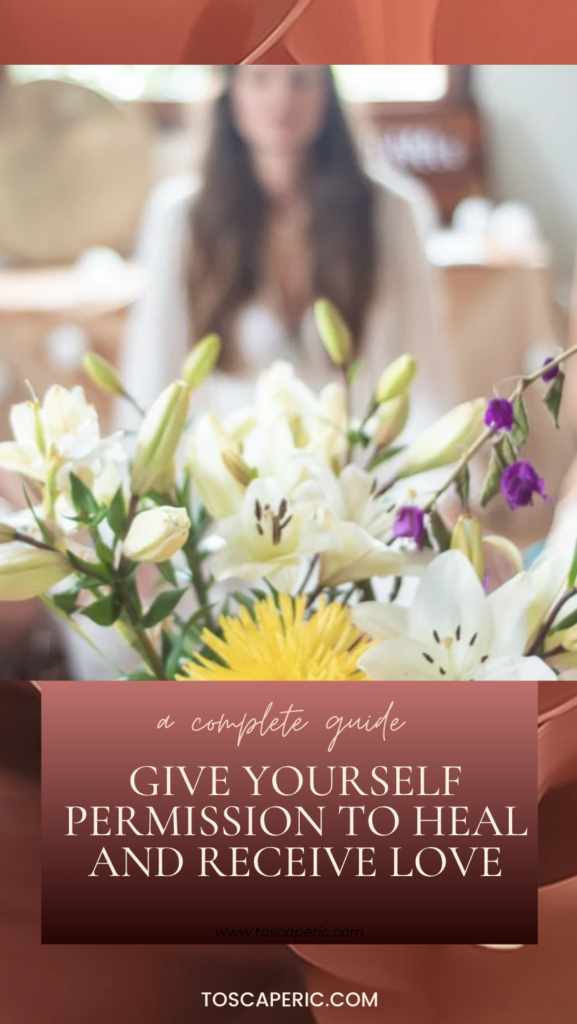
Family dynamics often shape two types of children: those who unconsciously repeat the cycles of pain, dysfunction, and unresolved trauma, and those who courageously choose to break free and heal.
Repeating the cycle often stems from a lack of awareness or the belief that things cannot change, while breaking free from generational trauma and the cycle requires bravery, introspection, and intentional effort. You have the power to decide which path you’ll take.
Join The Letting Go Club
12 Month Journey of Feminine Embodiment, Self-love, Sisterhood, Letting Go & Musings
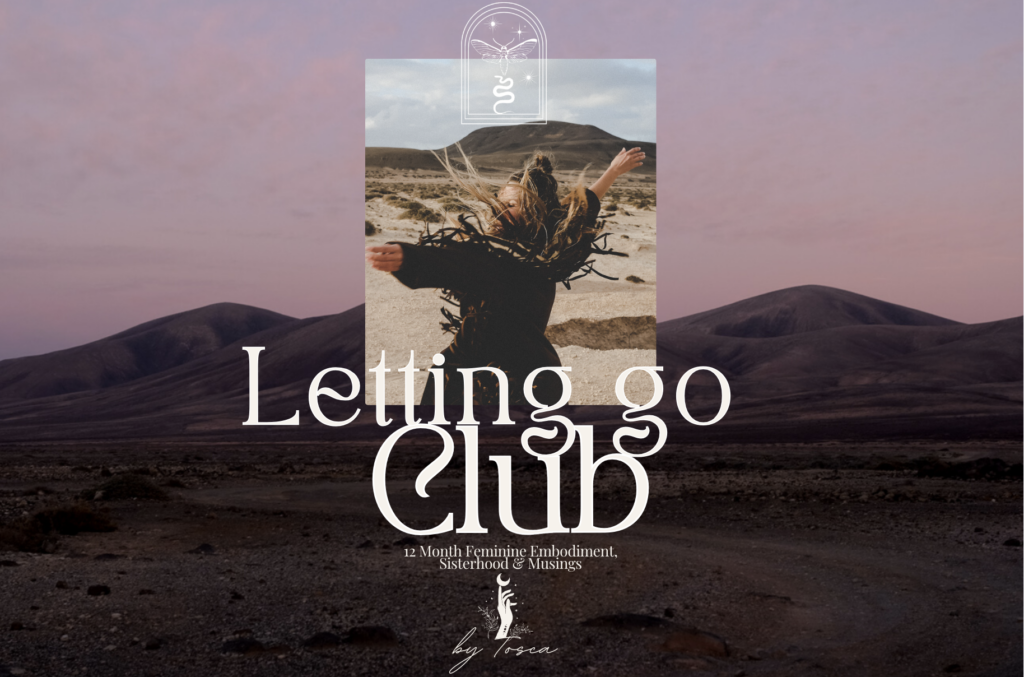
Reclaim your energy. Reclaim your power. Embrace your feminine flow. Sign up here.

If you’re enjoying this, subscribe to my self-love letters for free.
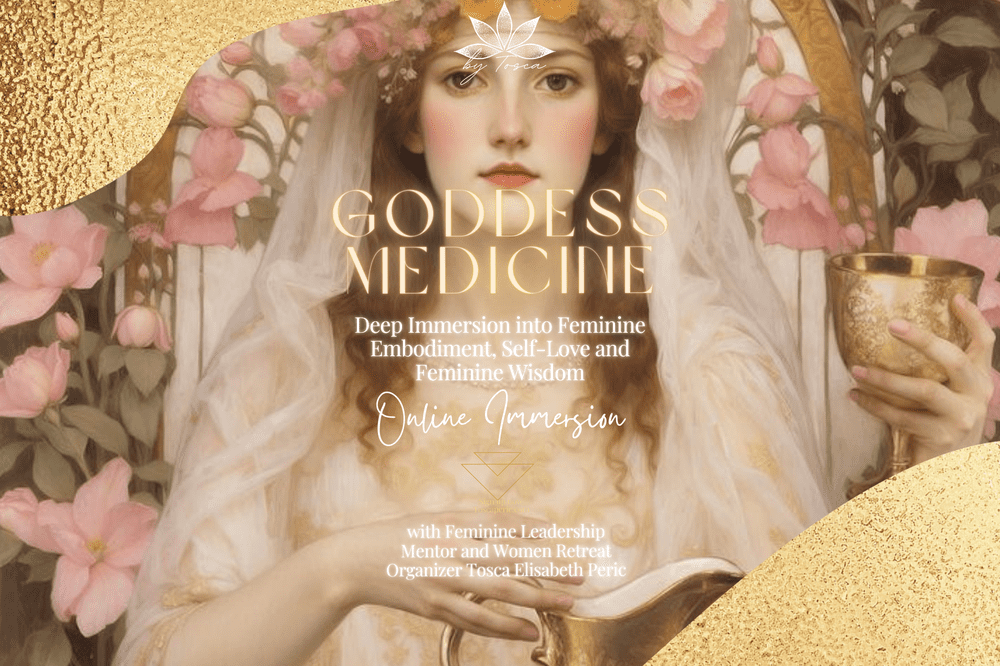
Do you want to address your mother wound, transform your pain into empowerment, and step into your most authentic self? Join my course or sign up for Goddess Medicine today and start your journey toward healing and freedom. Your future self is waiting.
Keep reading about the Mother Wound:
How The Mother Wounds Affect Us
Finding Forgiveness for the Mother Wound



